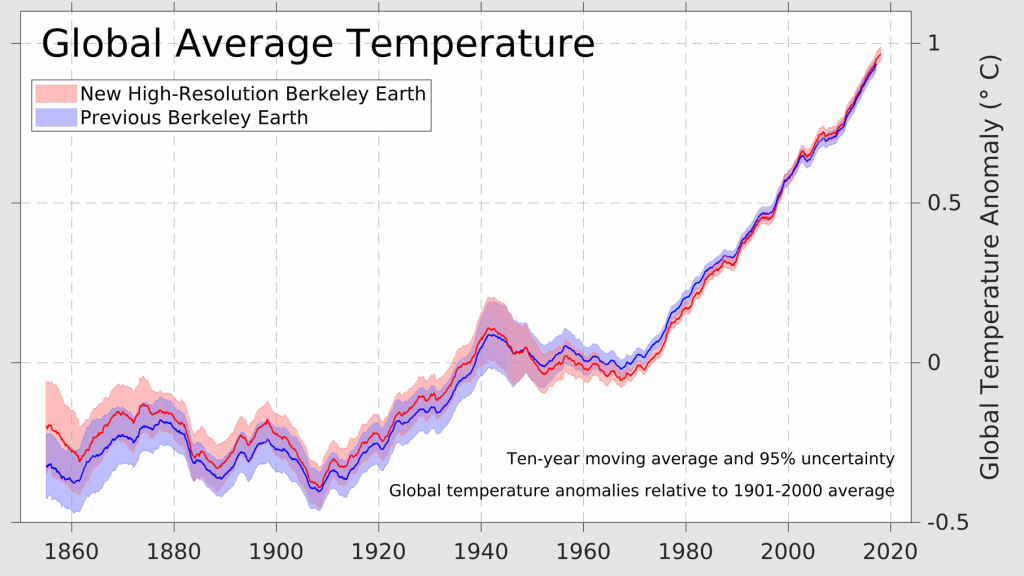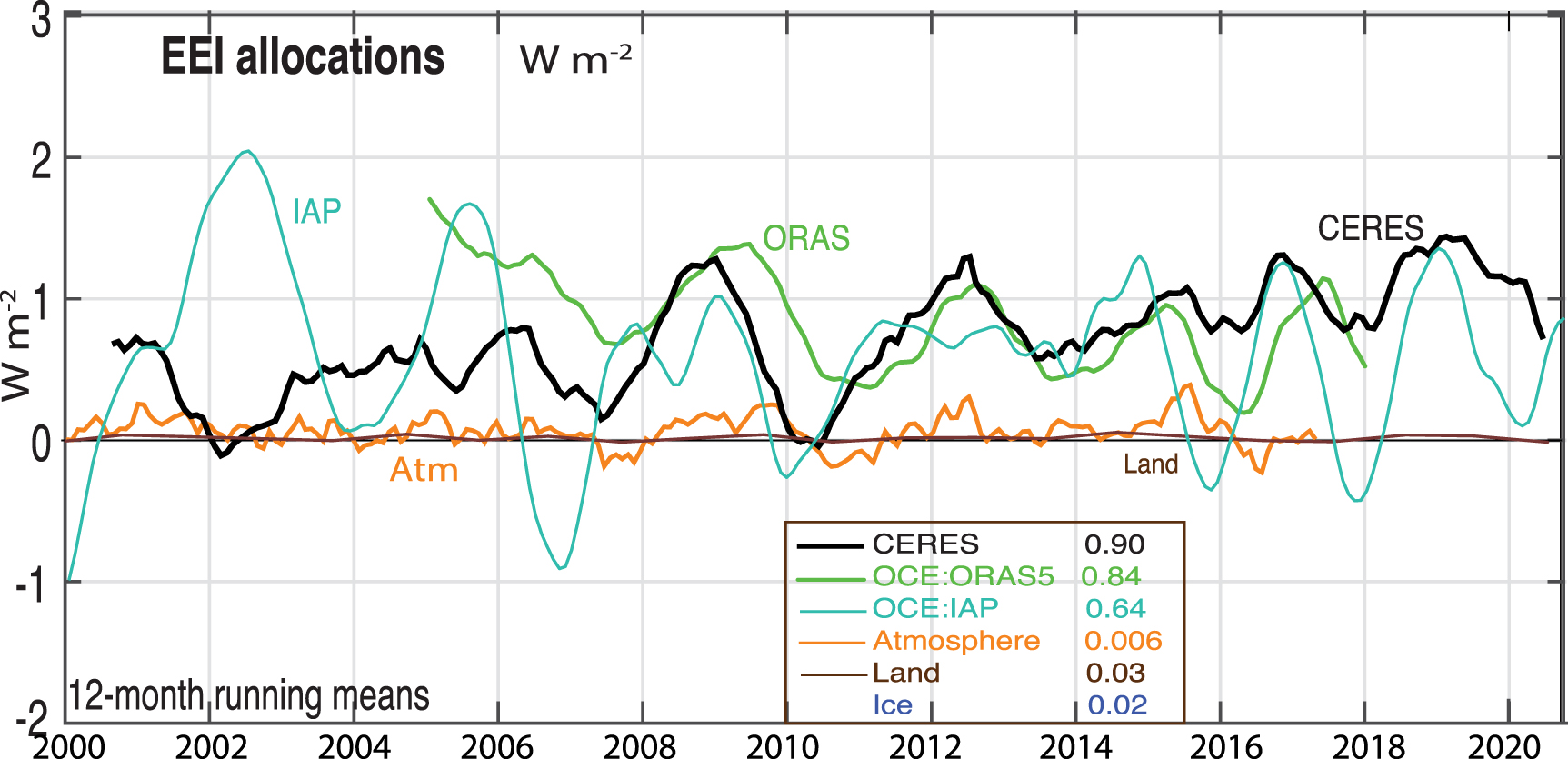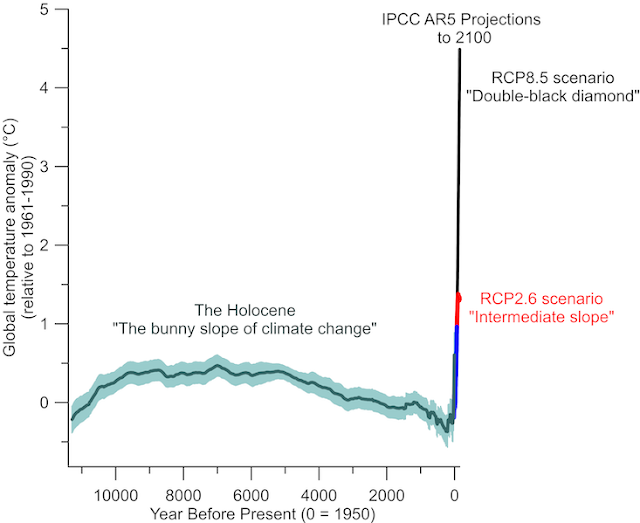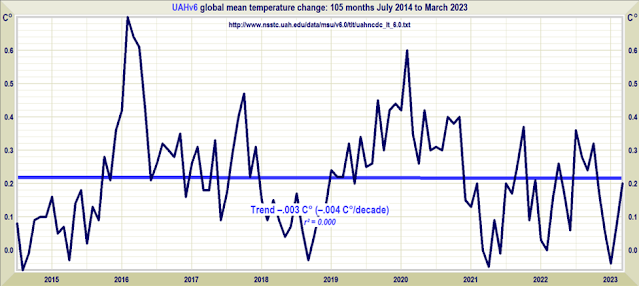New Berkeley Earth High Resolution Dataset

Berkeley Earth just released a new version of the GMST dataset, and it has 4 times the spatial resolution of the previous version of the data set at 0.25° x 0.25° (that's about 30 km at the equator). Visually, the difference is pretty striking when viewing temperature anomalies as a map. Here, for instance are 2022 global temperatures relative to a 1981-2010 mean. The time series has also slightly different from the previous version. Comparing the new high resolution dataset to the previous version, global temperatures in the base period appear to be slightly higher, lowering the amount of current warming above the 1980-1900 mean slightly. However, current warming rates appear to be slightly higher, at about 0.22 °C /decade instead of 0.21 °C /decade for the last 30 years. Here's how 30-year trends have changed across the dataset. To illustrate this, in a recent post , I calculated the warming above the 1850-1900 mean in the three datasets that go back to 1850, and the current ...





